The following is a blog post from the Center for the Advancement of Christian Education that shares great insights regarding Christian education and Easter. Read it below and visit their website to see more!
The Genius of the AND
I’m guessing each of you has encountered concepts that captured your imagination and led to a personal core value from which you now operate. Allow me to share one of mine with you.
I first read about the “Genius of the AND” in Jim Collins and Jerry I. Porras’ book Built to Last. This quotation explains the central concept:
Builders of greatness reject the “Tyranny of the OR” and embrace the “Genius of the AND.” They embrace both extremes across a number of dimensions at the same time—purpose AND profit, continuity AND change, freedom AND responsibility, discipline AND creative, humility AND will, empirical analysis AND decisive action, etc. . . . Instead of being oppressed by the “Tyranny of the OR,” highly visionary companies free themselves with the “Genuis of the AND”—the ability to embrace both extremes of a number of dimensions at the same time. Instead of making a choice of A OR B, they figure out a way to have both A AND B.
This concept has proven itself repeatedly in the world of business and beyond—including the world of education. Consider a couple extremes (both philosophical and practical) that we as Christian educators may encounter:
Protection from OR immersion in culture. The extreme of protection finds some Christian schools operating in an isolated bubble, shielding students from all secular influences. It’s true that Christian schools need to cultivate a biblical worldview, but the key is to cultivate it. A biblical worldview prescribed from an overly protective approach leaves students unprepared to navigate the complexities of the world. Such a worldview can be very fragile outside of the safe confines of the school walls.
In contrast, the extreme of immersion in culture finds some schools leaning so far into cultural relevance that they risk diluting biblical truth to stay relevant or competitive (but with whom or what?). This approach can lead to a loss of distinctiveness and clarity, as well as missional drift.
The genius of the AND? A healthy Christian school is relentlessly focused on equipping students to be “in the world but not of it” (John 17:14-16). A Christian school should provide a strong biblical foundation AND design learning experiences where students critically engage with culture, preparing them to be faithful disciples AND skilled interpreters of the world in every sphere of life.Rigor OR grace. The idolization of rigor has led some Christian schools to overemphasize high academic expectations and strict discipline . . . with little flexibility. Whereas excellence is essential, 2 Peter 1 calls us to such excellence as those who pursue and imitate Christ, to “a knowledge of Him who called us His own glory and excellence.” The Bible is full of examples of those excellent at the vocational calling (e.g., Joseph, Daniel). However, this extreme leads to stress, burnout, and a performance-driven identity rather than a grace-filled understanding of learning, growth, and identity in Christ.
On the other hand, the extreme of grace leads to an overly lenient approach that prioritizes emotional comfort over accountability, creating a culture of low expectations and a lack of resilience in students.
The genius of the AND? A Christ-centered education should hold students to high standards while also recognizing that failure is part of learning. Encouraging perseverance, offering second chances, and shaping character through both challenge and compassion reflects a biblical view of discipline AND grace.
The AND in Easter
And now for a seasonal example. Easter reminds me of how the simple conjunction AND is essential to the Christian faith. It has been refreshing to see some recent successful athletes begin interviews with comments such as “I want to thank my Lord AND Savior Jesus Christ. . . .” As unnatural as those comments may seem to some, I have certainly appreciated the heart behind these words, that in the midst of great success, they acknowledge Jesus as both their master and rescuer.
When you celebrate the Lord’s Supper during this Lenten season, listen for the AND. Jesus is the Lord who not only deserves our obedience but also wins our admiration. AND He is the Savior who deserves our gratitude and wins our love. He is the Alpha AND Omega. The One who is, AND who was, AND who is to come.
AND . . . a cool little word that packs quite a punch.
He is Risen! From all of us at the Center for the Advancement of Christian Education, have a blessed Easter season.
Dr. Tim Van Soelen serves as the Director of CACE. Tim is also a professor of education at Dordt University. He has served as a principal, assistant principal, and middle school math and computer teacher at schools in South Dakota and California. Tim has his undergraduate degree from Dordt and advanced degrees from Azusa Pacific University and the University of South Dakota.





















